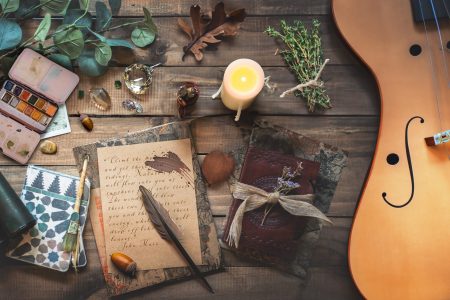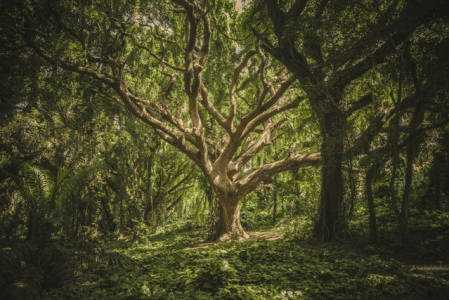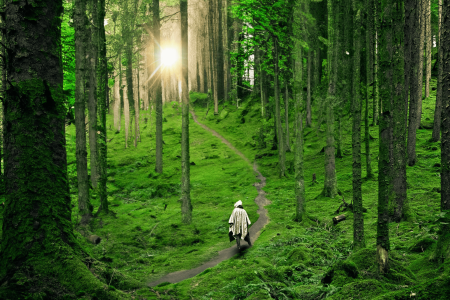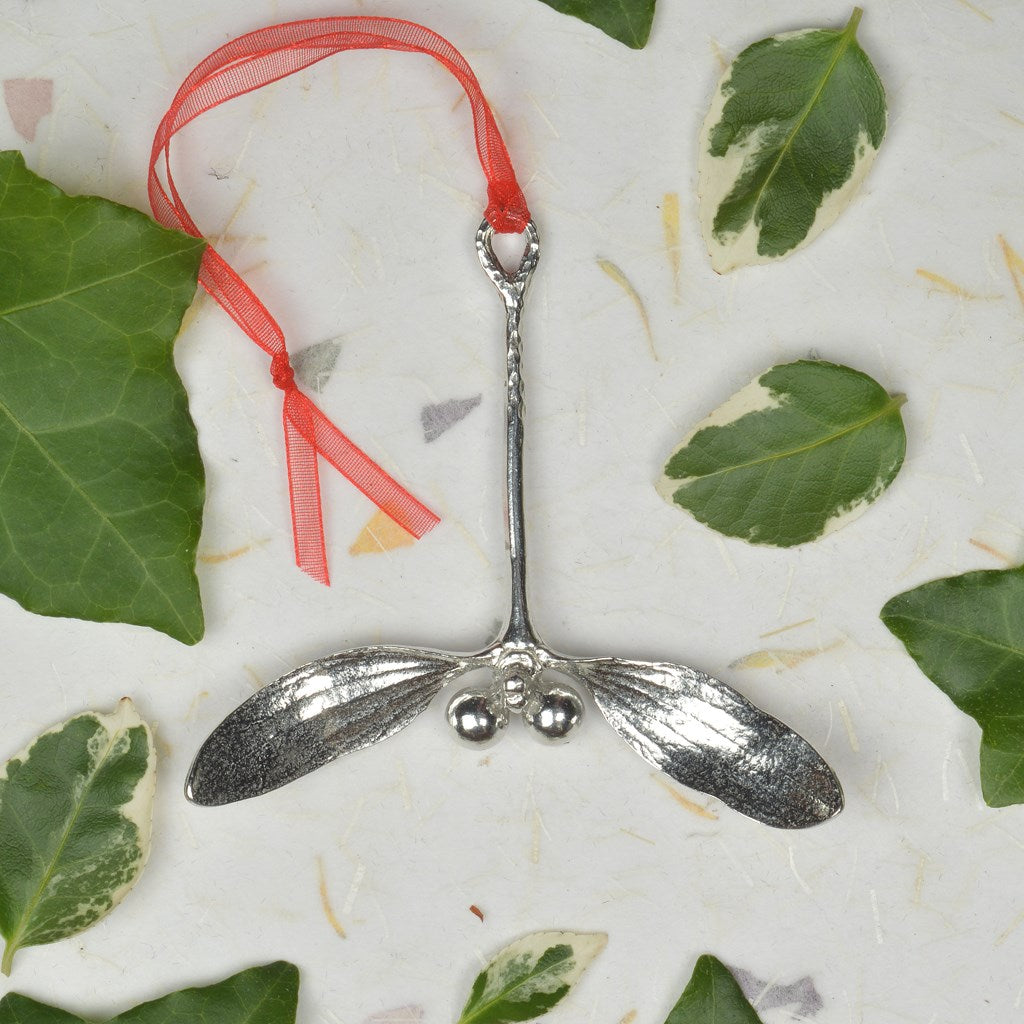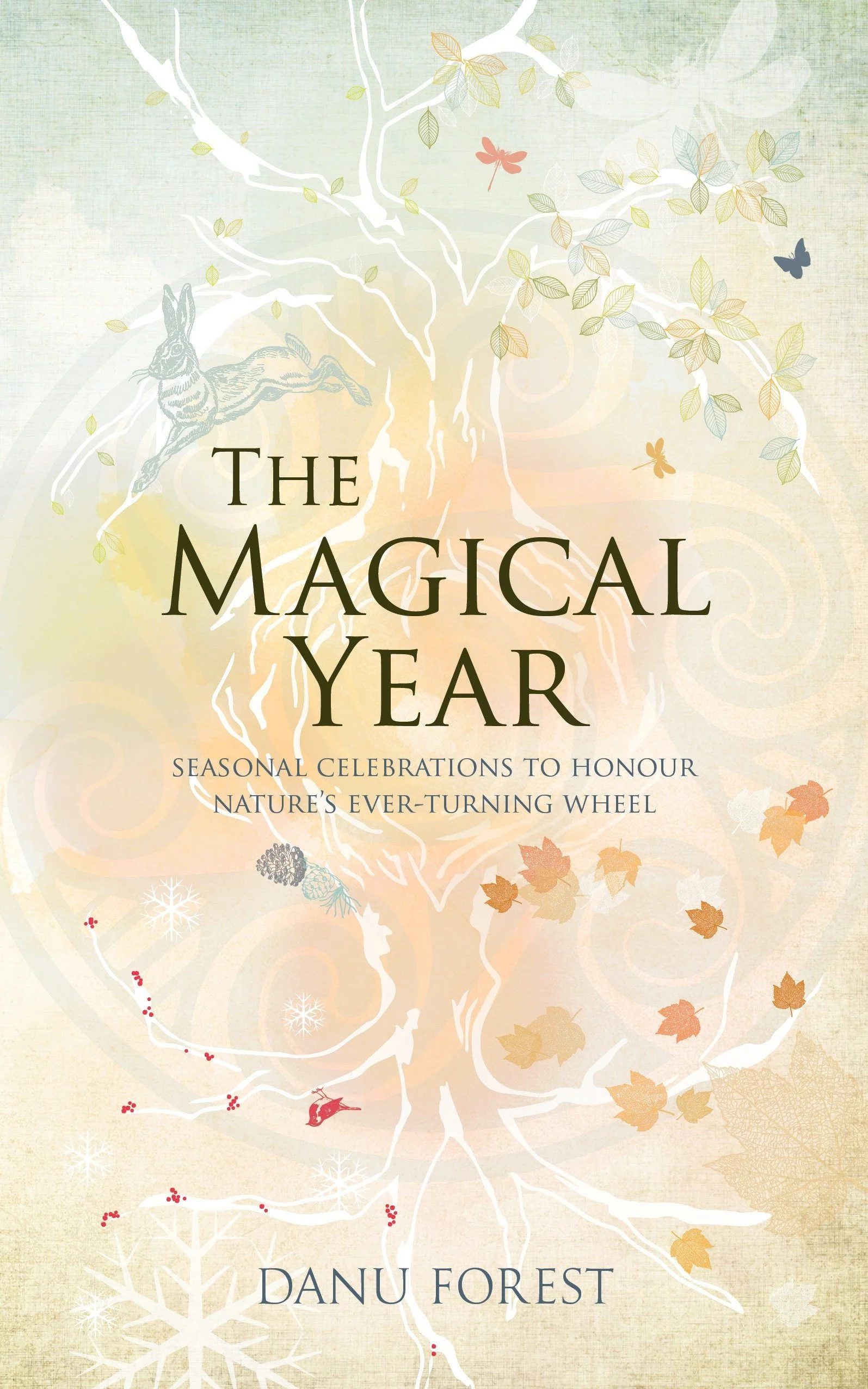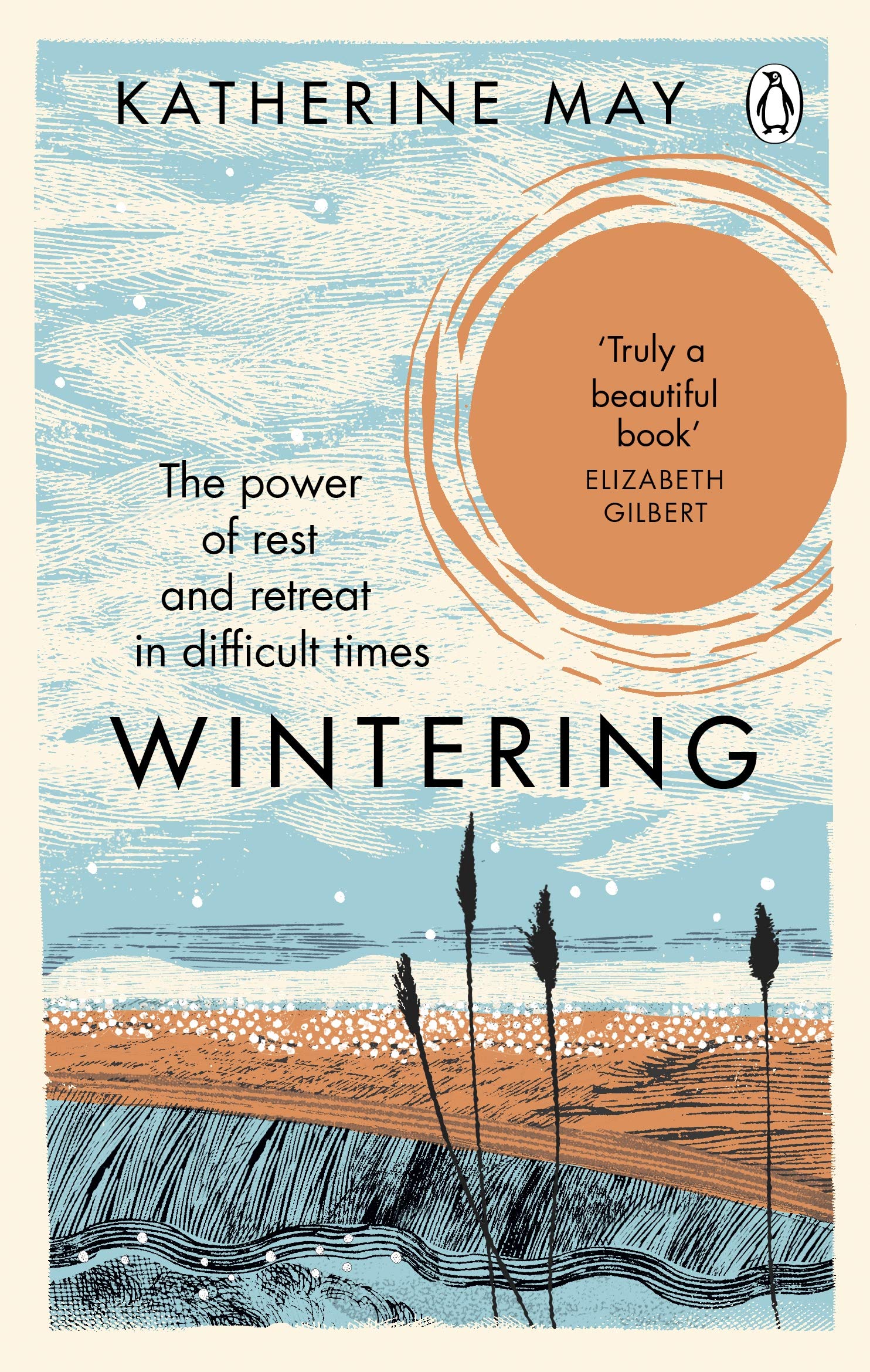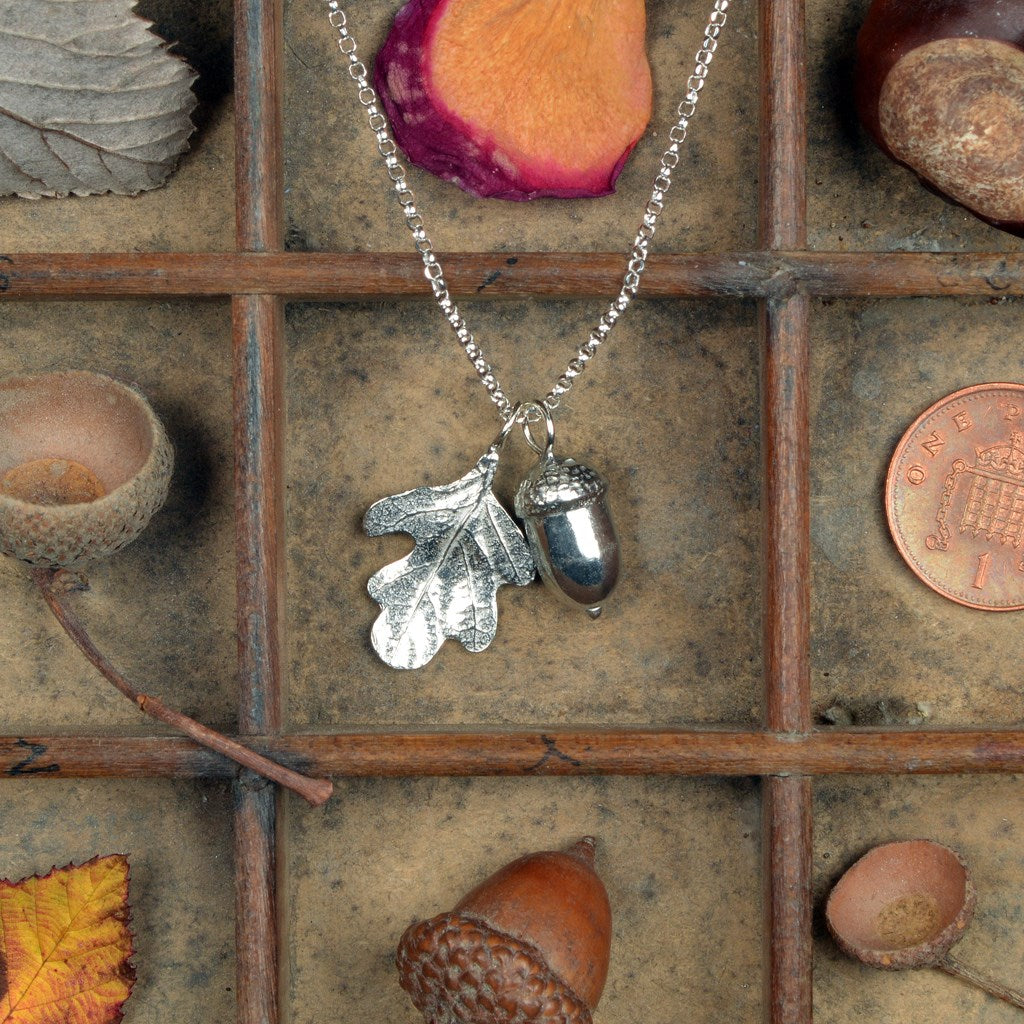What is Alban Arthan?
Some Druid Orders believe this means the Light of the hero King Arthur Pendragon who is symbolically reborn as the Sun Child (The Mabon) at the time of the Solstice. Others see the Light belonging to the star constellation known as the Great Bear (or the Plough) – Arthur, or Art, being Gaelic for Bear. This constellation shines out in the sky and can symbolise the rebirth of the Sun. At this point the Sun is at its southernmost point almost disappearing beyond the horizon, and the days are at their shortest. This was a time of dread for the ancient peoples as they saw the days getting shorter and shorter. A great ritual was needed to revert the course of the sun. This was probably calculated by the great circles of stone and burial grounds which are aligned to this festival, such as Newgrange in Co. Meath, Eire. Sure enough, the next day the Sun began to move higher into the sky, showing that it had been reborn.
This time of year is very cold and bleak, which is why so many celebrations are needed to help people get through the Winter months. It is significant that many civilisations welcomed their Solar Gods at the time of greatest darkness – including Mithras (the bull-headed Warrior God), the Egyptian God Horus and, more recently, Jesus Christ.
Deeper into Alban Arthan
In this darkest time of the year we celebrate the return of the Divine Child, the Mabon, the rebirth of the golden solstice Sun, who will bring warmth, light and life back to Earth again. The Wheel of the Year revolves beyond death and towards new light and new life.
In the Druidic tradition the name of this festival is “Alban Arthan”, Welsh for “Light of Winter”. According to an older and more poetic interpretation, the name is “Alban Arthuan”, meaning “Light of Arthur”. In this poetical image, Arthur is symbolized by the Sun. The Sun dies and is reborn, just as the mythical Arthur is sleeping deep inside a mountain and will wake up again when the people needs his help.
Alban Arthan, the Winter Solstice, takes place every year on the 21st or 22nd of December (Northern Hemisphere).
While Samhain is strongly connected with insular Celtic culture, Alban Arthan is a universal festival, which has been (and still is) celebrated by many peoples and long before the coming of the Celts. The Winter Solstice is probably (together with the Summer Solstice) the oldest seasonal festival of humankind.
We know today that the Sun will return, because the course of the Sun and the other planets in our system have been scientifically explored. Our ancestors did not take the return of the Sun for granted, and in addition they were suffering much more under the hardships of severe winter weather than we do today. For an agricultural society, whose survival depended mostly on crops, the return of the Sun was not just a matter of casual celebration, it was rather a matter of life or death.
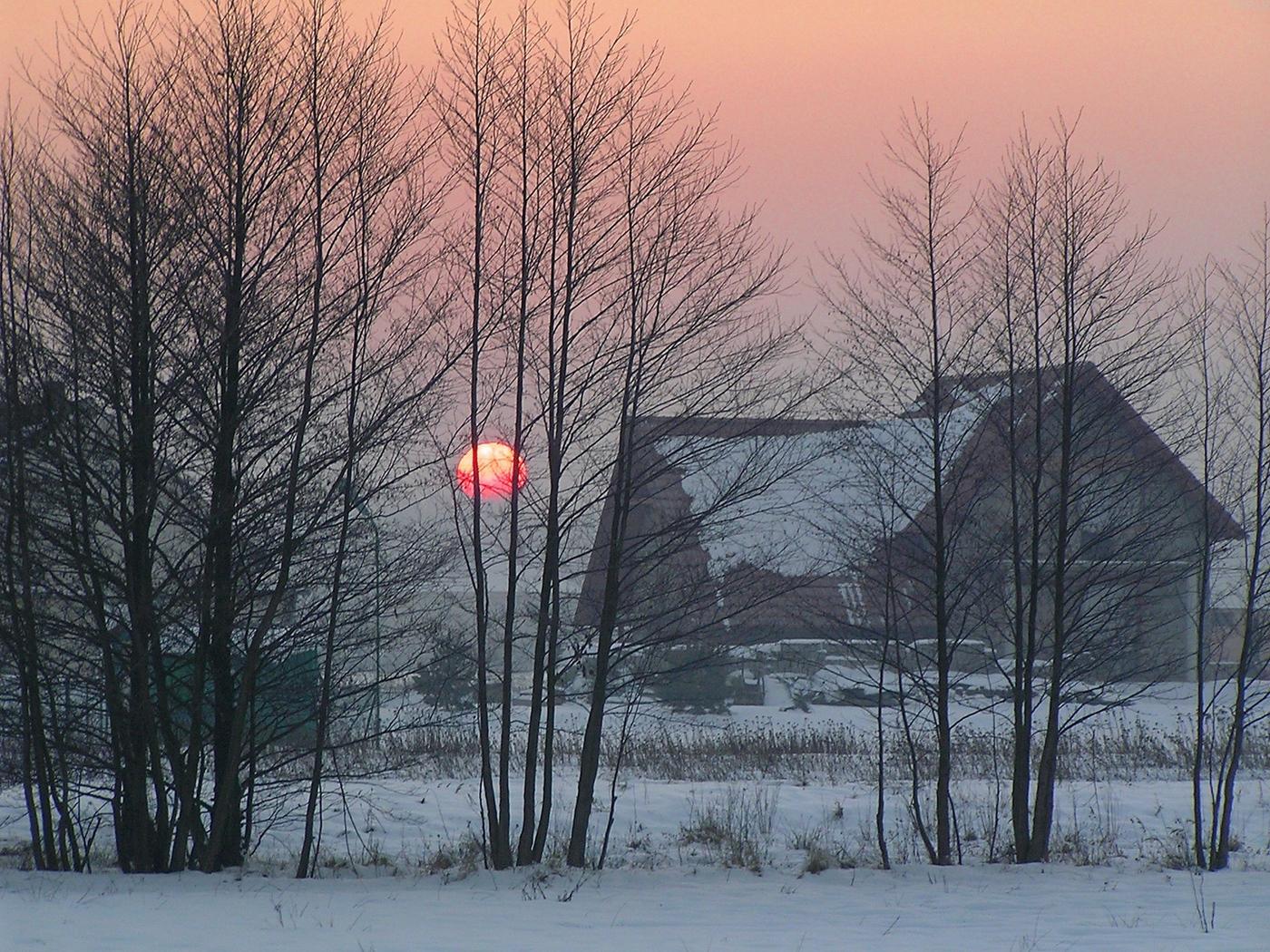
What Stonehenge is for Alban Hefin, Newgrange is for Alban Arthan. Newgrange (Brú na Bhoinne) is a mighty Neolithic passage tomb and temple structure in the valley of the Boyne River in Ireland. Its age is presently estimated at approximately 5200 years, making Newgrange older than the Pyramids of Gizeh and Stonehenge. Newgrange is aligned towards the sunrise of the winter solstice. When the Sun reaches a certain angle, the light shines through a special window (the famous “roof box”) along a 17 meters/57 feet long passage and at the end of the passage falls onto a big stone, which bears the carving of a three-fold spiral. The event lasts for about 15 minutes, during which the light is wandering across the floor of the passage and the stone at its end, as if it wanted to tell a story.
This alignment has been esoterically interpreted as the insertion of a ray of light by the Sun God into the womb of Mother Earth, to bring about the creation of new life in spring.
Other monuments aligned to the winter solstice are to be found in Knowth and Loughcrew (also in the Boyne Valley, Ireland), Maes Howe (Orkney, Scotland), and the so called Seven-Mile-Cursus in Dorset, England. The winter solstice can also be watched through specific stone formations of Stonehenge, although this is not the main alignment of this monument.
What were the celebrations of the winter solstice in pre-Christian times, is nowadays mostly known as Christmas. The difference may not be that big as it appears from the first look. In Catholic tradition, Jesus Christ is “the Light of the World” and it is no coincidence that Jesus is born at the time of the winter solstice. It has been said that the birth of Christ, which is not dated in the Bible, was originally celebrated in spring. It has later been moved towards the winter solstice, partly because the early church was unable to stop the winter solstice celebrations and wanted to give them at least a Christian gloss, partly also because it seemed fit to place the birth of the light into the time of greatest darkness.
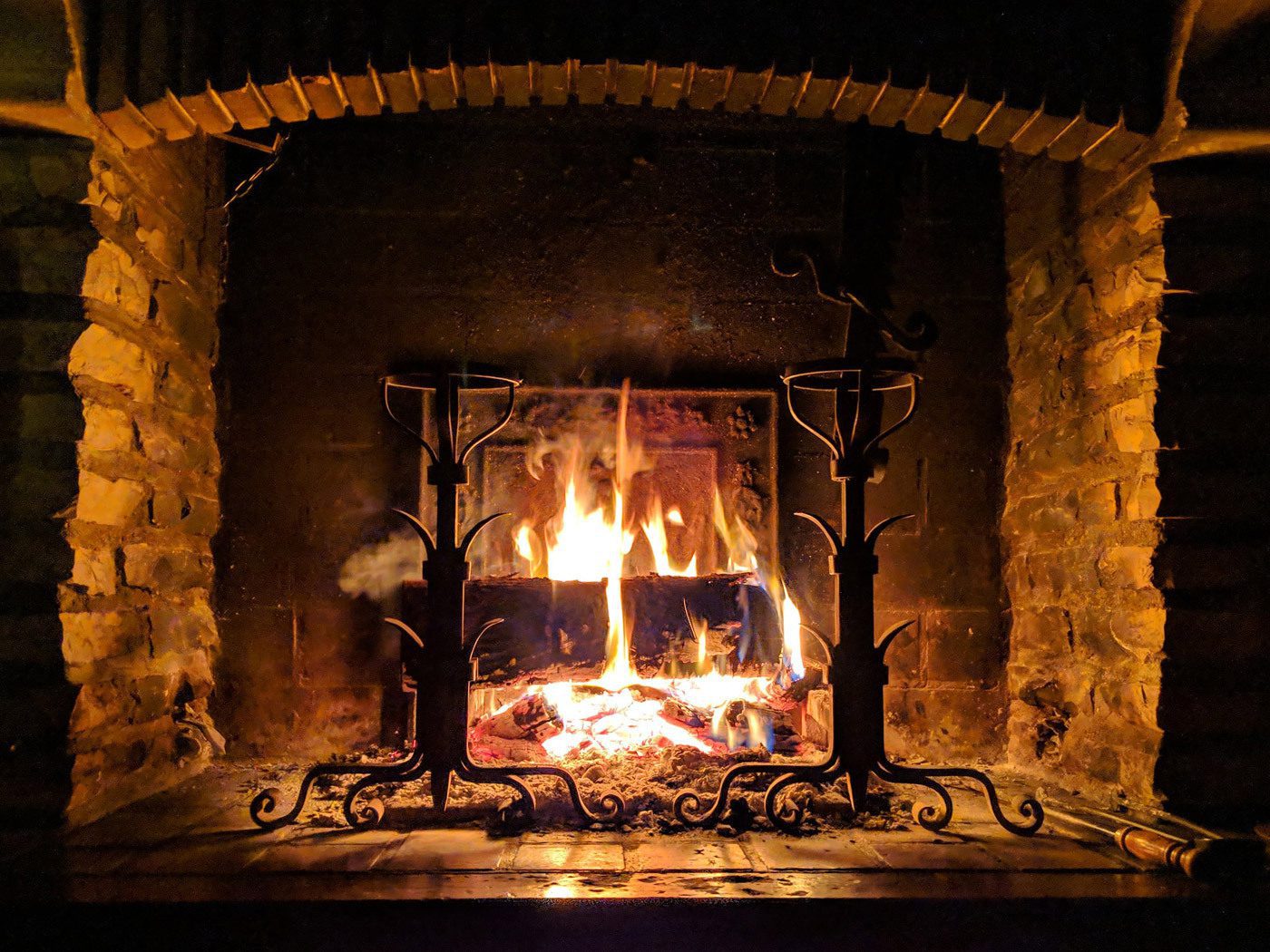

One of the main features of a traditional winter solstice celebration in Northern European countries is the Yule log. A log or a big piece of wood is burned in the central fireplace. According to tradition it must come from one’s own land or be a gift, and it must not be purchased. It is traditionally ignited with the remaining piece of last year’s Yule log. This way, the light is passed on from one year to another. The Yule log is to burn slowly for 12 days in the fireplace, before it is extinguished. The ashes are stowed away and in springtime mixed with seeds and brought out on the fields. Thus, the power of the Sun, symbolized in the Yule log, is distributed over the land. The rest of the wood is kept until next year to ignite the new log.
The house is decorated with evergreen branches. The green reminds us of the promise that nature will be green again in springtime and life will return to our lands. In the Irish tradition, a house decorated with greeneries is expected to offer a place of rest to nature spirits fleeing from cold and darkness.
Another tradition says that there is a perpetual battle between the Oak King, the God of the waxing light, or the Divine Child, and the Holly king, the God of the waning light, or the Dark Lord. Each year at the winter solstice, the Oak King wins the battle and rules, until he is defeated by the Holly King at the time of the summer solstice.
In the folk customs and traditions of Bavaria, the time around Christmas sees some of the most important and festive celebrations of the year. Bavaria’s traditions are still defined by the fact that it was an agricultural country over many centuries.
Warm Up To Druidry
Along the Alps there are so called “Percht runnings”, enactments of the misdeeds of malevolent spirits. Often wildly masked young men run up and down the streets and “kidnap” people who don’t hide or run away in time, or give them mock beatings with willow sticks. This is probably a remainder of the Germanic “rough nights” and Odin’s Wild Hunt, but one could also think of a local interpretation of the Cailleach.
Numerous customs involving the use of incense have survived. Traditionally, there are three occasions to “smoke out” the house: Christmas Eve, New Year’s Eve and the evening before Epiphany, which marks the last day of the Christmas celebrations. On these occasions, all people living in a house walk ritually from room to room and burn incense and certain herbs, while the head of the household speaks prayers. On farms, stables and animals are included in the round. Sometimes consecrated water is sprinkled in the rooms. The use of fire and water hints at a purification ritual.
Around this time of the year there is generally a liberal use of lights and candles. I often notice that people don’t just put candles up because it is dark. It seems to be somehow culturally ingrained to do so, and I guess that these customs are remains of light rituals reaching back further than we might imagine.
Almost gone are the wassailing customs, where the head of the farm would bless the fruit trees and pour them a libation of wine. This should induce the tree to bear rich fruit in summer. There was and still is much baking going on, especially of Christmas cookies. Sometimes they still come in traditional shapes, especially Sun shapes.
Christmas in Bavaria is celebrated on Christmas Eve, December 24th, after fall of dark. This may well be a surviving Celtic relic. We know that in ancient Celtic understanding the day started with the sunset, not the sunrise.
The deities of Alban Arthan are the Dagda and Brighid. Brighid is the bearer of the flame of inspiration, which penetrates the darkness of mind and soul, just as the light of the reborn Sun penetrates the darkest time of the year. The caudron of the Dagda is a symbol for the promise, that nature will bear fruit once again and care for all beings living on Earth.


The plants of Alban Arthan are in the first place mistletoe and holly, but in a wider sense all evergreen plants, e.g. spruce, fir, pine etc. The green of the plants is pleasant to the eye and symbolizes the promise of renewal and new growth.
The central and essential thought of Alban Arthan is renewal. We let the past behind us and greet the new. The world is undergoing constant change and we must change and adjust, too, in order to be able to survive. Change is inevitable. The German poet Heinrich Heine said: “Nothing is so permanent as change”. In this knowledge, humankind celebrates festivals since times unknown, giving people the opportunity to let go of the old and to embrace the new things which life would certainly hold in store.
Alban Arthan is also a good occasion to think about the meaning of the Sun. In spite of all modern technology and the possibility to bring bright light to a room with the turn of a switch, we are still dependant of the Sun. The Sun is indicating the times of the day and of the year to us. It is vital for the growth of all plants and for the existence of all living beings. It decides over warmth or cold. Everything on Earth and in the whole “solar system” literally is revolving around the Sun!
In spite of the importance of the Sun, I honor the Sun not as a deity, but as manifestation of the Divine Principle which stands behind it.
Festive Solstice Finds
If you are keen for more information about the spiritual path of modern Druidry, why not have a browse through the Order of Bards, Ovates and Druids online store?! Here you will find a wide variety of fantastic books on Druidry, ancient history, sacred sites, mythology and much more.
Bibliography
– Ansha, Die Weisheit der Kelten, W. Ludwig Verlag, 2000
– Ebertshuser, Heidi Caroline (Hrsg.), Das bairische Jahr, Hugendubel Verlag, 1979
Eilthireach, A’Chuibhe Mhór – Das große Rad. Der keltische Jahreskreis in Theorie und Praxis
– Heinberg, Richard, Celebrate The Solstice, Quest Books, 1993
– Hopman, Ellen Evert, A Druid’s Herbal For The Sacred Earth Year, Destiny Books, 1994
– Hutton, Ronald, The Stations Of The Sun, Oxford University Press, 1997
– Steinbacher, Dorothea und Kumpfmller, Judith Bauernregeln und Brauchtum, W. Ludwig Verlag, 2001
More on Alban Arthan Traditions
Read posts from fellow Druids and OBOD members with musings, experiences, songs and stories about Alban Arthan:
Winter Solstice ~ Alban Arthan Solo Ritual – If you are by yourself this Alban Arthan but would like to take part in a ceremony, find out how in this solo ritual.
Observing the Winter Solstice online: Meditations & Explorations – Find a selection of online videos which explore the Alban Arthan rituals, traditions and meditations.
Hope is the Note – Maria explains how the most poignant quality of the Winter Solstice festival is hope; a little spark of brightness at the darkest moment…
Happy Solstice! – With the Winter Solstice we are reminded that hope and renewal are always a possibility, no matter how harsh the winter, or how testing our life’s challenges might be.
The Peace After the Storm ~ The Cailleach of Winter – Read Maria’s blog post on how the Ancient Crone Goddess has occupied her times of contemplation and meditation.
Tree Lore: Holly – Discover why Holly is the symbol of Winter prized for its fresh green leaves and bright berries, signifying the green of growth and fertility and the red of blood.
On Midwinter’s Day ~ Damh the Bard – Listen to a song about Winter, by Damh the Bard.
New Grange, Ireland – Find out why this prehistoric monument in the Boyne Valley, Ireland, is famous for being oriented to the winter solstice sunrise.
Sol – Maria celebrates the shortest day of the year and reminds us that today marks an almighty passing of time.
